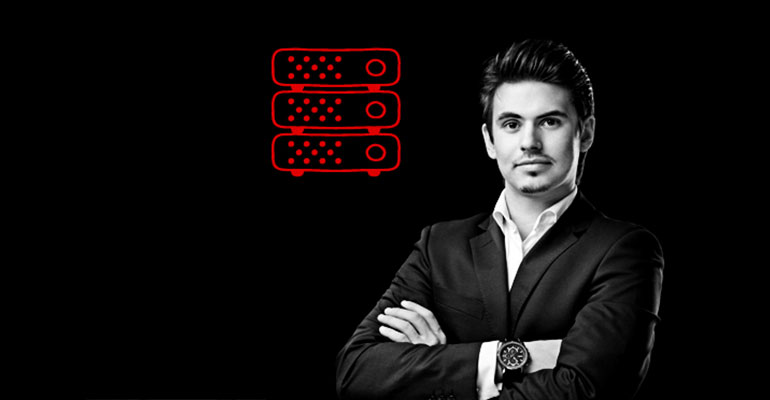In a previous blog we discussed the CIO’s need to change for a service defined world, where the power of technology decision-making is shifting away from IT and into the hands of end users. Today’s CIOs must become ‘integrators’ as opposed to ‘implementers’, and transform their IT departments into ‘internal service providers’. But this role change is about more than improving and streamlining IT departments; it requires CIOs to think beyond normal management routines and fundamentally restructure their operating models, their organisational structures, and their departmental budgets. How should CIOs restructure their teams in the emerging era of the service defined enterprise – an era where the ability to engage with and interpret the business’ needs is more vital than ever?
A new model
The transition to the new model requires the development of new roles with the express purpose of acting as the link between the business unit and the IT department. One role in particular is that of Business Partner, similar to an internal Account Manager. These people sit (literally) within the different business units. If the organisation is large enough, it makes sense to divide the roles geographically to begin with, but within those geographies to also assign these roles functionally, such as, sales and marketing, manufacturing, finance, HR and so on. Smaller organisations might forgo the geographical dimension and focus on the business unit only.
Whilst these roles are funded from within the IT department’s budget they are physically co-located with their new departmental teammates. They attend all of the relevant meetings of that particular organisational unit, and in the process, gain a deep understanding of the strategic and daily business issues they are facing. Over time, the business partners develop an “order book” of IT projects that were required to solve their unit’s business challenges.
The aim is for these people to develop a greater level of trust within the business units. “These guys understand us” should be the common cry from the host business units. Trust soon evolves into real “purchasing power” as they are entrusted with more of the host business unit’s discretionary spending. Real world examples have seen that this has more than compensated for any shrinking of the central IT budget. Of course, as much of the discretionary budgets are spent on IT projects – now aligned to the business unit’s needs – the CIO’s team is far from shrinking and may actually grow.
Catering to the lines of business
One company that has transitioned to this IT organisational model and created Business Partner roles is commercial real estate services firm, CBRE. At this year’s CIO Summit in Sydney, regional director of infrastructure and operations at CBRE Asia Pacific, Darren Warner, explained that IT staff have been introduced across the organisation’s business lines to provide much needed feedback around what each division needs from IT. He said, “One thing about our organisation is that there are so many facets of real estate and they are quite different. If you are valuing a property, it’s quite different to managing a property or selling or leasing a property. We have put people into each of these business lines and allowed them to be the ears and eyes for us in IT, and then we have taken that feedback back”.
Although there are still going to be IT solutions that are delivered centrally, Warner said these don’t provide competitive advantage for individual lines of business. “Anyone can give you email, anyone can give you a telephone but it’s an application within a business line that really helps them drive their business,” he said.
To learn more about the new IT organisational model and how you can restructure your own IT team, download our complimentary how-to guide, ‘Aligning IT and Business: A practical guide for leading change in a service defined world’.



